Industrial washing / Articles
Commercial kitchens: the 10 steps to achieve max efficiency
Discover 10 proven steps to maximize efficiency in your commercial kitchen, saving time, reducing costs, and improving hygiene.
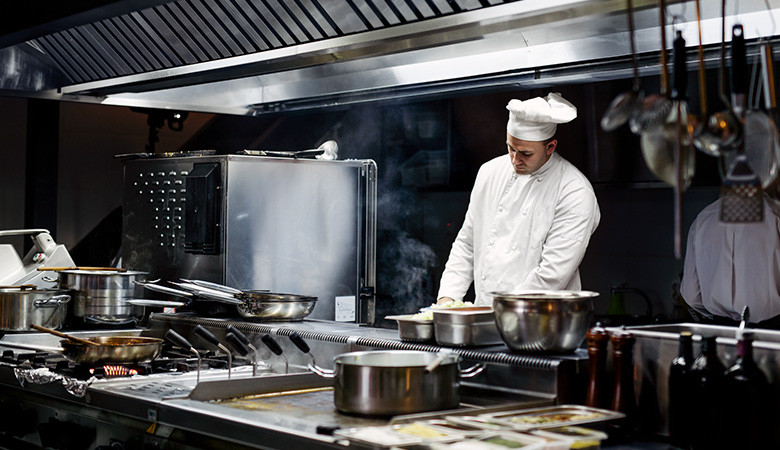
 11 minutes of reading
11 minutes of reading
2025-02-04 14:21:36
The hospitality industry is boiling over with stress. A recent report paints a grim picture: workers face the highest levels of workplace stress in the UK, surpassing industries like retail, transport, and education.
With 3 in 5 workers reporting extreme stress, dismal scores of 0.0/10 for workplace stress and 2.9/10 for health and wellbeing, the sector seems caught in a relentless grind. It is a fast recipe for burnout.
Stress, of course, isn’t just bad for your mental health. It’s also very bad for business. Burnout leads to mistakes, reduced productivity, and in hazardous environments, potentially catastrophic consequences.
For commercial kitchens, the solution could lie in rethinking efficiency, prioritizing employee wellbeing, and embracing innovations to ease the load. Here’s how to make kitchens a healthier, more productive place to work.
1. Optimize your kitchen layout
An inefficient layout slows everything down. During peak hours, when every second counts, even minor inefficiencies can lead to delays, frustrated staff, and dissatisfied customers. A well-organized kitchen creates smoother workflows, enhances productivity, and reduces stress for your team.
Your kitchen’s layout should be tailored to support your team’s workflow, minimizing unnecessary steps. This involves organizing equipment, workstations, and traffic flow to suit your unique operations.
How to implement:
- Start with a thorough analysis of your kitchen’s current setup. Observe how your staff moves during busy periods. Map out zones based on activities, such as prep, cooking, and washing.
- Identify common bottlenecks – maybe staff are crowding around the prep area or crisscrossing the kitchen unnecessarily.
- Rearrange bulky equipment to reduce travel distance. For instance, the fridge should be close to the prep station, while the cooking area should seamlessly connect to plating.
- Apply the “kitchen triangle” principle, ensuring that the key areas (prep, cooking, and cleaning) are logically connected.
- Add accessible shelving and storage for frequently used tools and ingredients.
2. Invest in smart equipment
Outdated equipment can silently drain on resources, both in terms of energy and time. Smart equipment speeds up processes and also improves hygiene, reduces costs, and ensures compliance with stringent food safety standards. Invest in modern appliances designed for efficiency, multitasking, and energy conservation. This includes everything from programmable ovens to industrial washers like MultiWasher, developed by Somengil.
How to implement:
- Identify high-use areas where equipment efficiency matters most, such as dishwashing or food storage.
- Conduct an equipment audit in your industrial kitchen to determine what’s working and what isn’t. Look for appliances that consume excessive energy, break down frequently, or fail to meet your current needs.
- Replace them with modern, high-performance alternatives. Machines like the MultiWasher are a game-changer, handling large volumes of utensils and equipment while using less water and energy.
- Invest in versatile appliances. For example, a combi-oven can handle multiple cooking methods in one device, while MultiWasher can clean anything from pots to delicate utensils.
- Consider lifecycle costs. A slightly pricier but energy-efficient machine can save you thousands in the long run.
3. Train your staff regularly
Even with the best equipment and layout, untrained or poorly trained staff can derail efficiency. Regular training ensures your team knows how to operate equipment properly, reduce food waste, and adapt to changing demands. It also helps maintain high morale, as employees feel valued and empowered.
Ongoing staff training focuses on sharpening skills, improving workflows, and fostering teamwork. This includes everything from learning to use new equipment to mastering hygiene protocols and food prep techniques.
How to implement:
- Establish a structured training program tailored to your kitchen’s needs. Combine hands-on workshops, mentoring sessions, and online resources to keep things dynamic.
- Schedule training sessions for all new hires, covering basics like equipment use, safety protocols, and kitchen flow.
- Conduct refresher courses for experienced staff to introduce new techniques or equipment.
- Encourage open communication, so that staff can share tips or ask for help when needed.
4. Use a centralized inventory system
Managing inventory manually can lead to errors like over or under-ordering which can cause shortages of essential ingredients at critical moments or expensive overstock. A centralized system ensures your kitchen always has the right stock, minimizing waste and saving money. It also streamlines ordering and eliminates the chaos of last-minute shortages during busy shifts.
A centralized inventory system tracks stock levels, expiration dates, and purchase histories in real time. These systems can be accessed from multiple devices, ensuring everyone in the kitchen stays informed.
How to implement:
- Choose an inventory management tool that suits your business size and needs. Options like MarketMan or ChefSheet are tailored to commercial kitchens.
- Train your team to input stock data consistently. Integrate the system with your supplier orders for real-time updates.
- Use reports generated by the system to analyse purchasing trends and identify slow-moving items. This helps refine your menu or adjust order quantities.
5. Standardize washing protocols
Washing is the backbone of kitchen hygiene and safety. Inconsistent washing practices can lead to contamination, equipment failures, and regulatory penalties. Standardizing protocols ensures your team maintains high hygiene standards and avoids costly disruptions.
With a standardized washing protocol, you can outline specific steps for different areas and equipment in your kitchen, ensuring consistency and thoroughness.
How to implement:
- Develop a washing checklist for each shift, categorizing tasks by frequency (e.g., daily, weekly, monthly). Include detailed instructions for each item.
- Incorporate efficient equipment like MultiWasher into your washing routine. Its ability to handle diverse utensil types ensures thorough sanitation with less effort.
- Train staff to follow the protocols and conduct regular audits to maintain compliance.
6. Implement energy-saving practices
Commercial kitchens are notorious for high utility bills, but energy-saving practices can significantly lower operational costs. These efforts also contribute to sustainability goals, which appeal to eco-conscious customers and investors.
Start adopting habits and technologies that reduce power and water consumption without sacrificing kitchen efficiency or safety.
How to implement:
- Replace outdated appliances with energy-efficient models like induction cooktops or MultiWasher, which uses less water and energy while delivering exceptional performance.
- Optimize energy use by encouraging simple habits, such as turning off unused equipment, using lids on pots to retain heat, and pre-sorting items for faster washing cycles.
- Install motion-activated LED lights in storage and prep areas to save power during downtime.
7. Streamline menu offerings
A large menu can overwhelm customers and stretch your kitchen’s resources. Simplifying your offerings improves efficiency, reduces food waste, and allows your team to focus on quality rather than quantity. It also ensures faster preparation times and consistent results.
Focus on a curated selection of dishes that align with your kitchen’s capabilities and customer preferences. It eliminates underperforming items and emphasizes best-sellers.
How to implement:
- Analyse sales data to identify your most popular and least ordered items.
- Remove dishes with high preparation complexity or low profitability.
- Test a streamlined menu during off-peak periods and collect feedback from customers to fine-tune it.
8. Monitor and maintain equipment
Malfunctioning equipment disrupts operations, leading to delays, increased repair costs, and potential safety risks. Proactive maintenance minimizes downtime and keeps your kitchen running smoothly.
Regular monitoring and maintenance of kitchen equipment prevent breakdowns, extend lifespan, and ensure optimal performance. This includes daily washing, routine inspections, and scheduling professional servicing.
How to implement:
- Create a maintenance schedule for all major appliances, detailing daily, weekly, and monthly tasks.
- Train staff to spot warning signs like unusual noises, reduced efficiency, or inconsistent performance.
- Partner with reliable service providers for professional maintenance and quick repairs.
9. Leverage technology for order management
Miscommunication or lost tickets can lead to delays, incorrect orders, and unhappy customers. Order management technology streamlines the process of receiving, tracking, and fulfilling orders, reducing errors and enhancing communication between kitchen staff and the front-of-house team.
How to implement:
- Choose an order management system like Toast or Square for Restaurants, which integrates with kitchen displays and POS systems.
- Train staff to use the system effectively and encourage real-time updates for special requests or changes.
- Analyse data from the system to identify peak times, most ordered items, and areas for improvement.
10. Foster a positive team environment
Happy employees are more productive and less likely to leave, saving you the cost and hassle of frequent turnover. A positive workplace also enhances teamwork, which directly impacts kitchen efficiency and customer service.
How to implement:
- Hold regular team meetings to address concerns, celebrate achievements, and encourage feedback.
- Offer incentives like staff meals, flexible scheduling, or bonuses to motivate your team.
- Provide opportunities for growth through cross-training and career development programs.
MultiWasher, where commercial kitchens meet efficiency and innovation
A truly productive commercial kitchen operates like a well-oiled, eco-conscious machine. Every step, every process, and every piece of equipment should work in harmony, saving time, energy, and even the planet.
And when it comes to washing, MultiWasher is your kitchen’s best-kept secret. This industrial washing machine sanitizes with surgical precision, consumes 70% less water and reduces energy bills – a game-changer for both your workflow and your eco-credentials.
Start with these steps, let MultiWasher handle the dirty work, and watch the difference unfold. Get in touch.
You may also like

Industrial washing / Articles
Much more than AI: 5 major retail trends
Discover the 5 major retail trends that no company should miss out on, from Artificial Intelligence to sustainability.
Posted in 2024-01-03
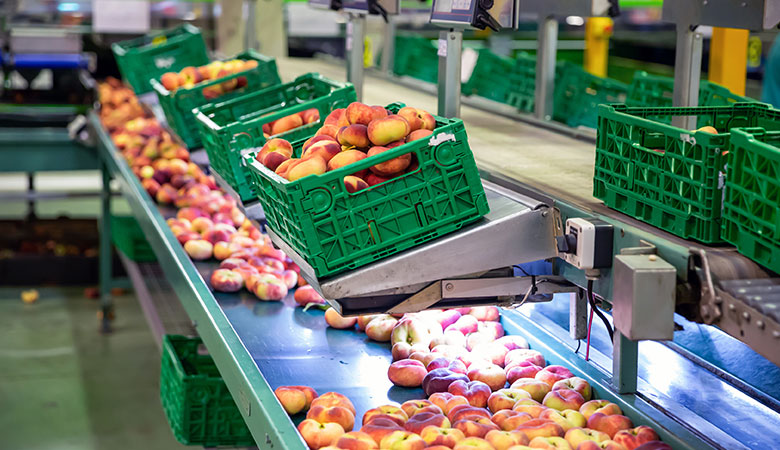
Industrial washing / Articles
Box washer: 8 tips for choosing
It is essential for food safety, quality and efficiency. Learn how to choose a box washer.
Posted in 2023-07-20
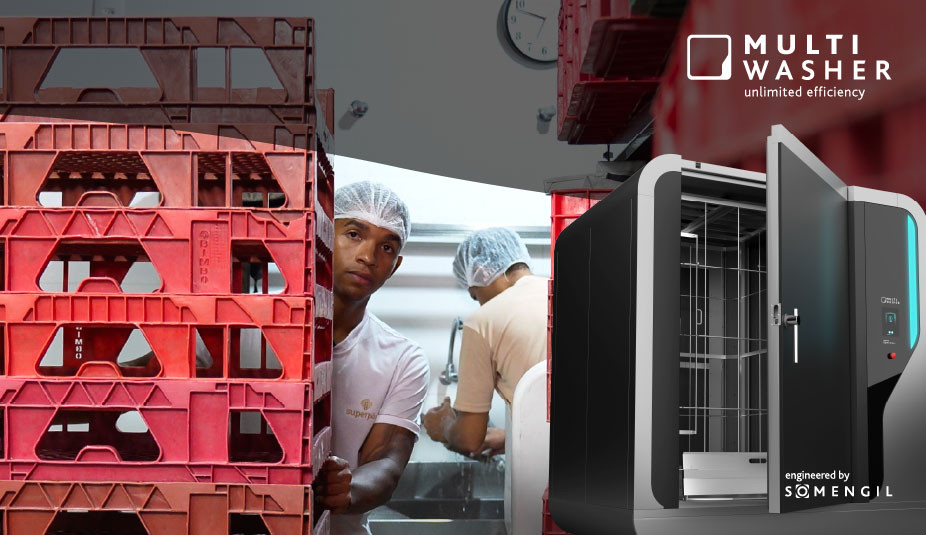
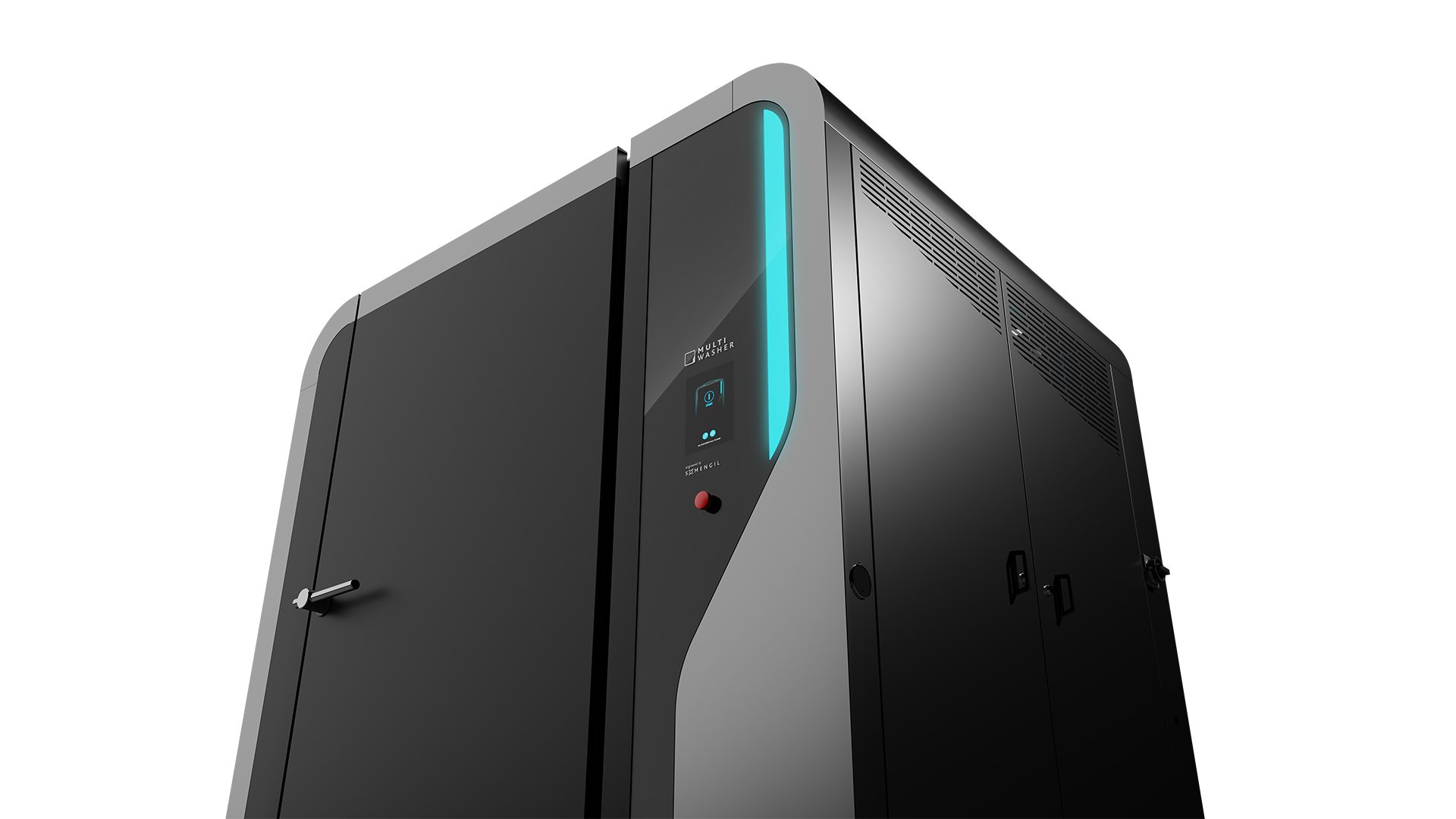
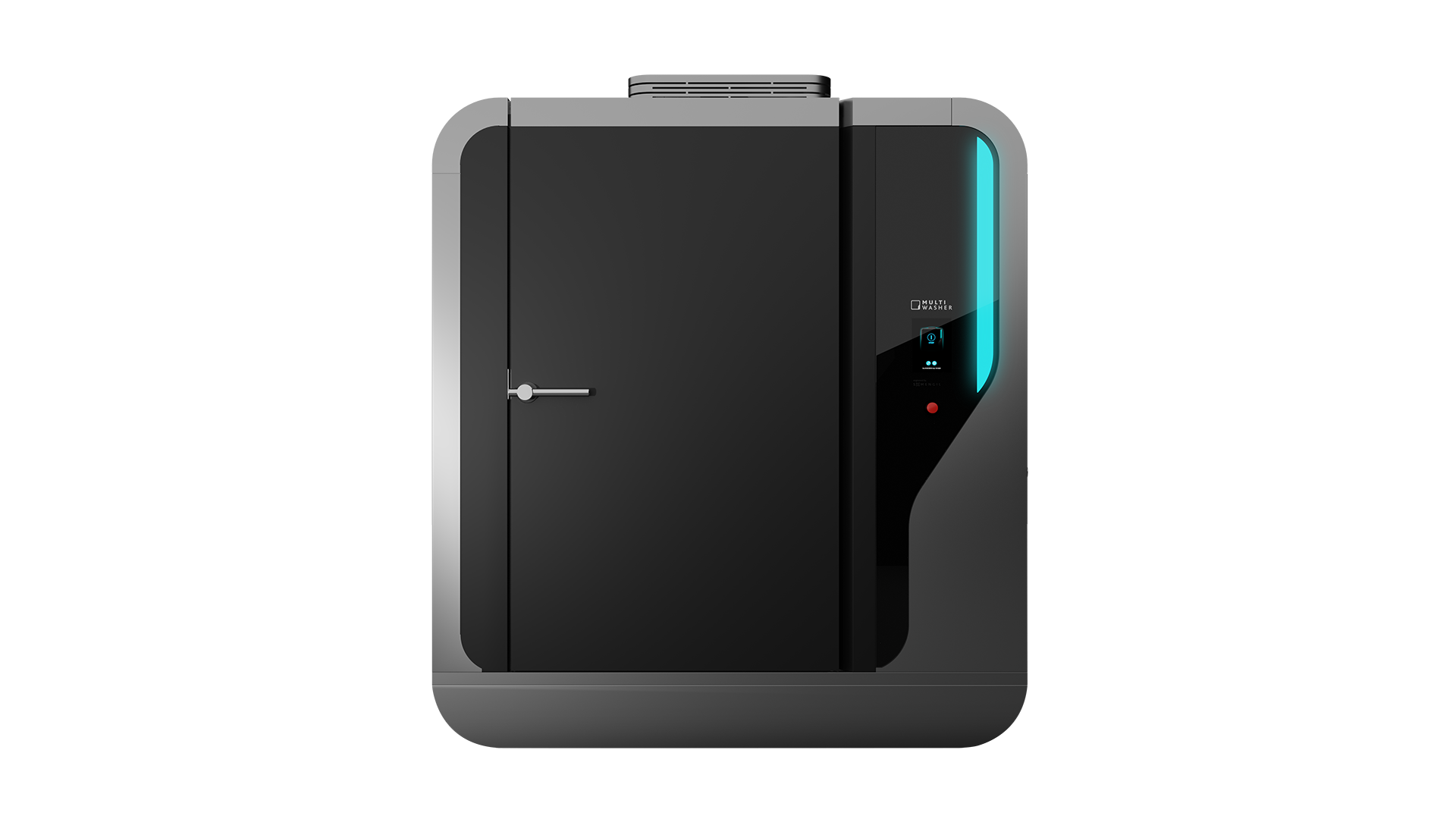
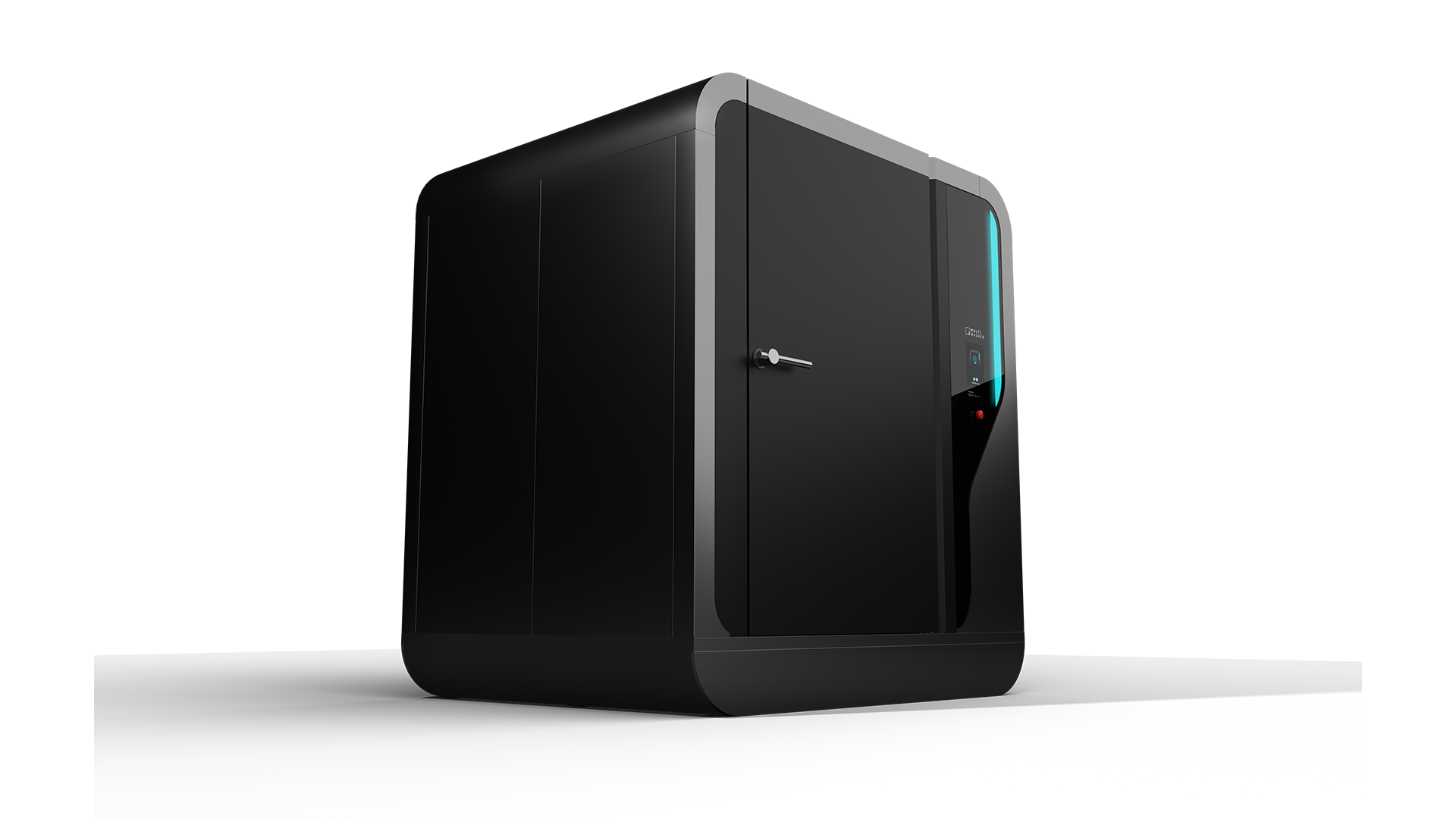
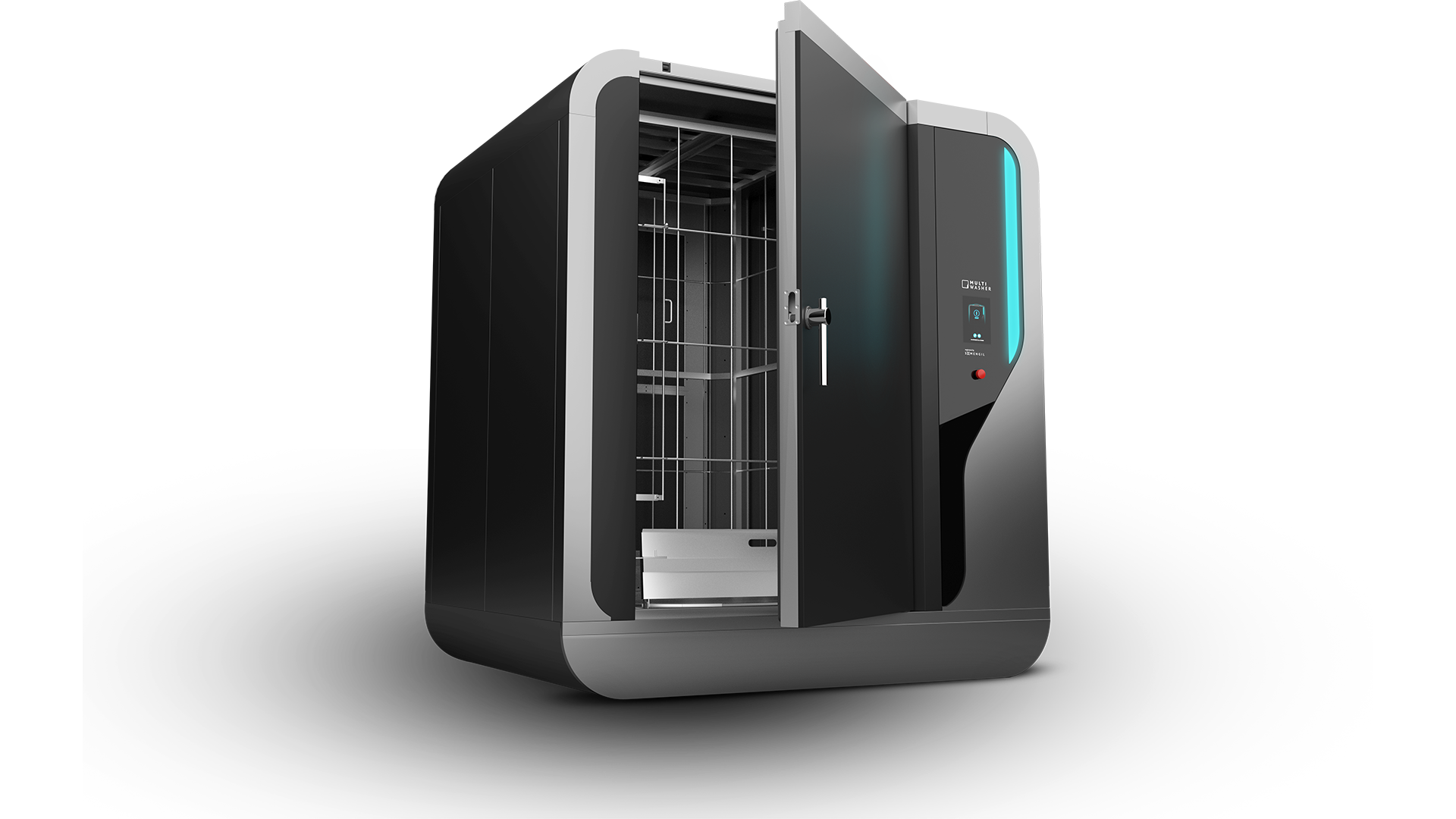
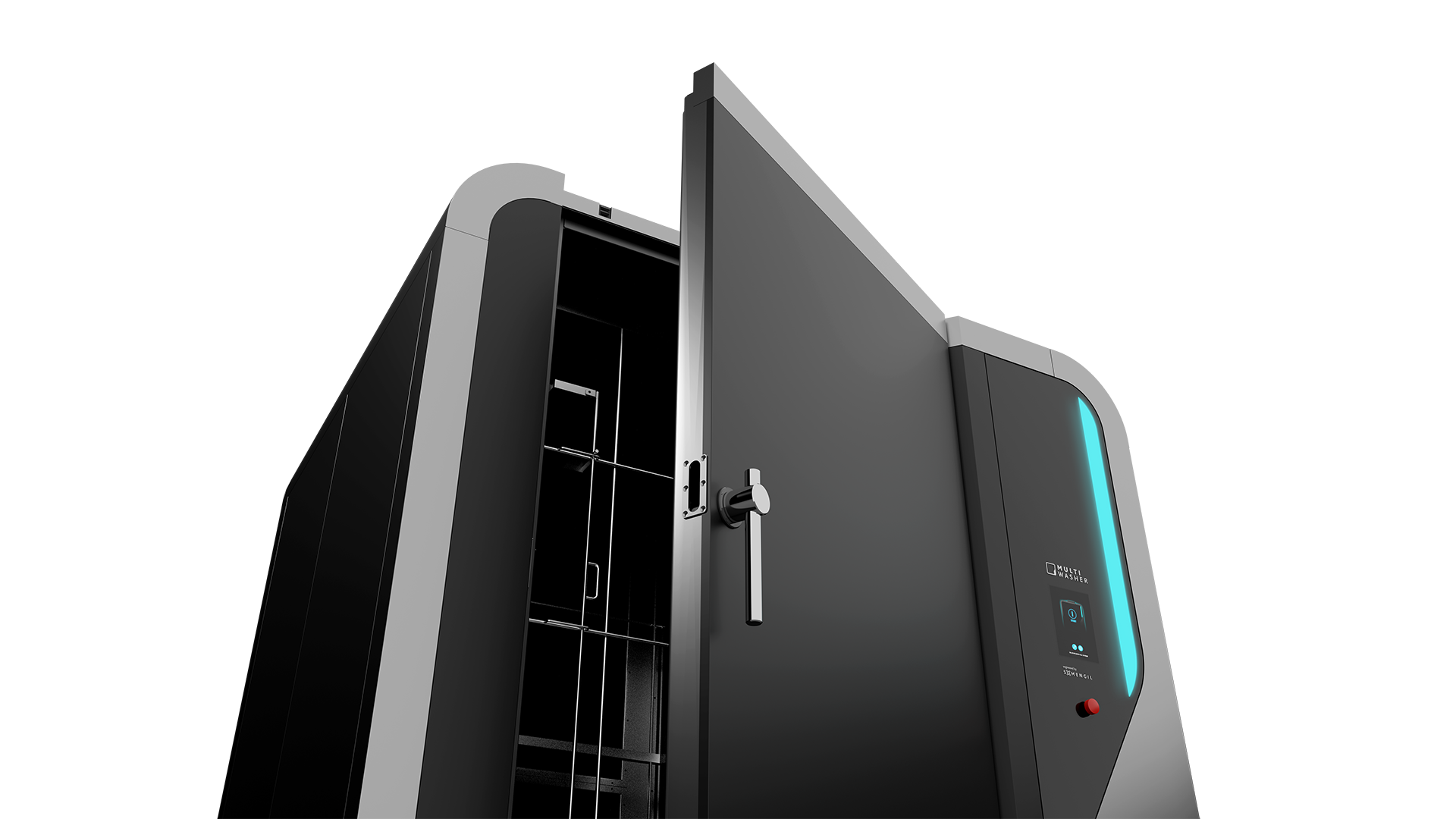
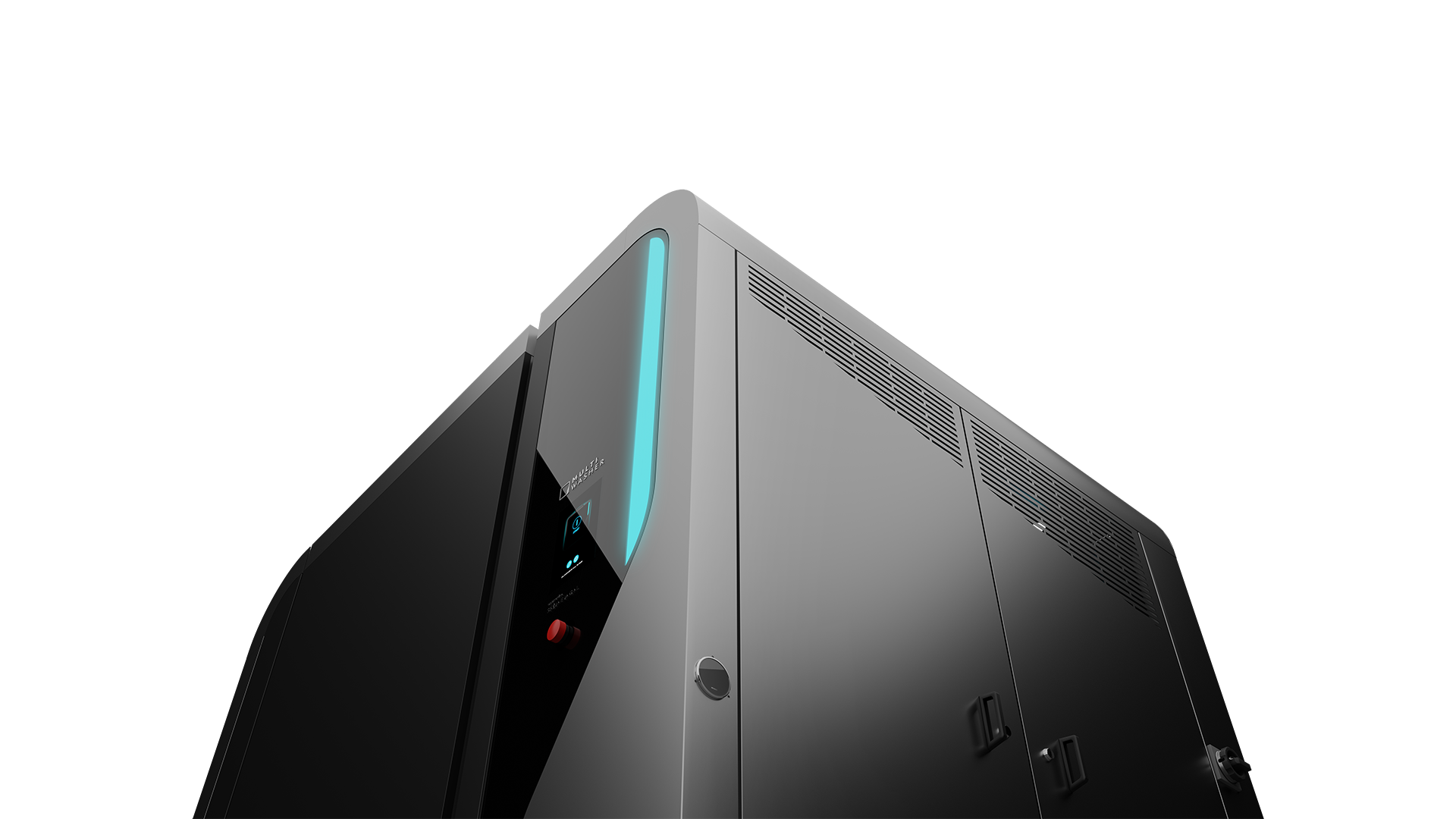
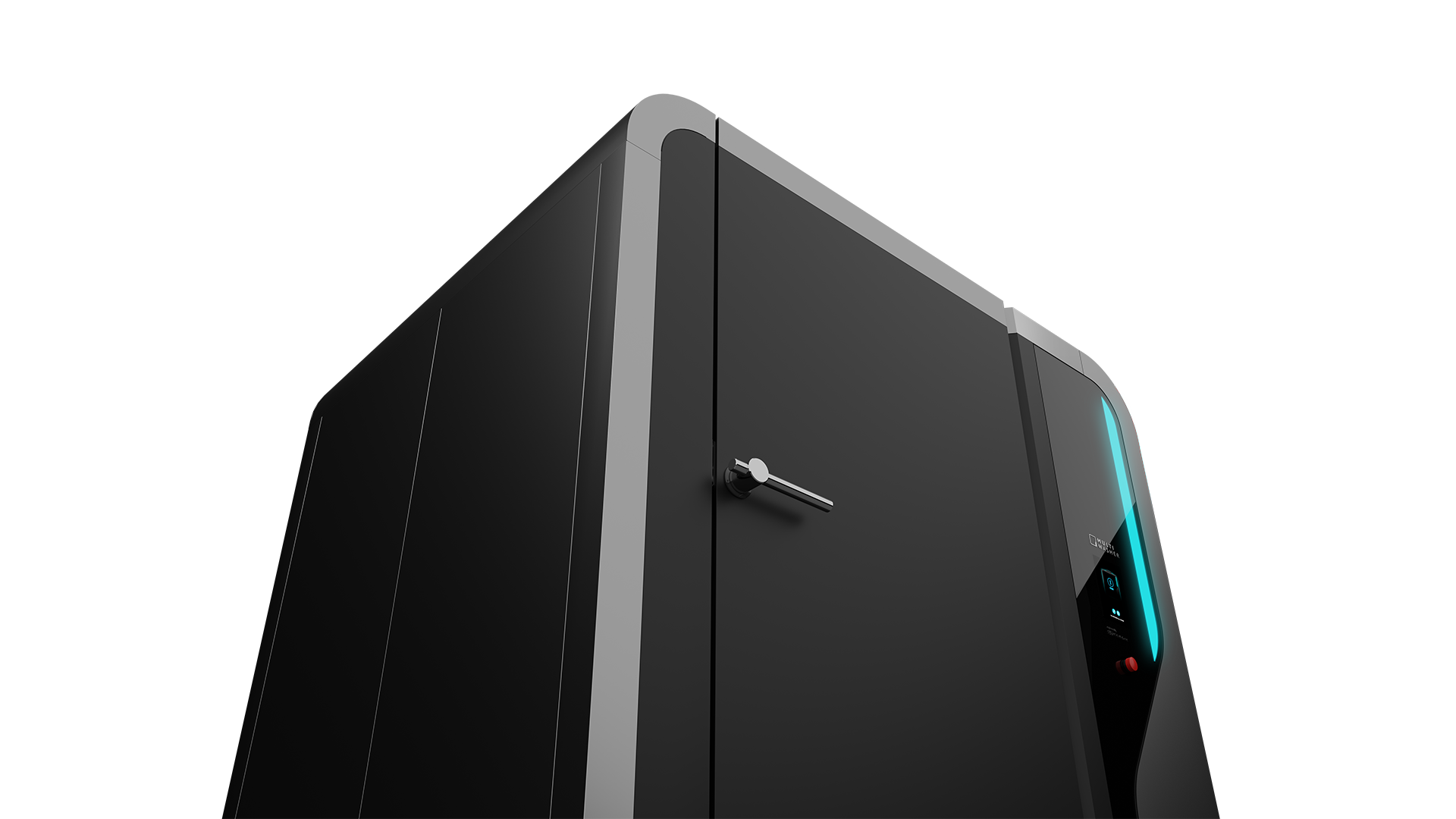
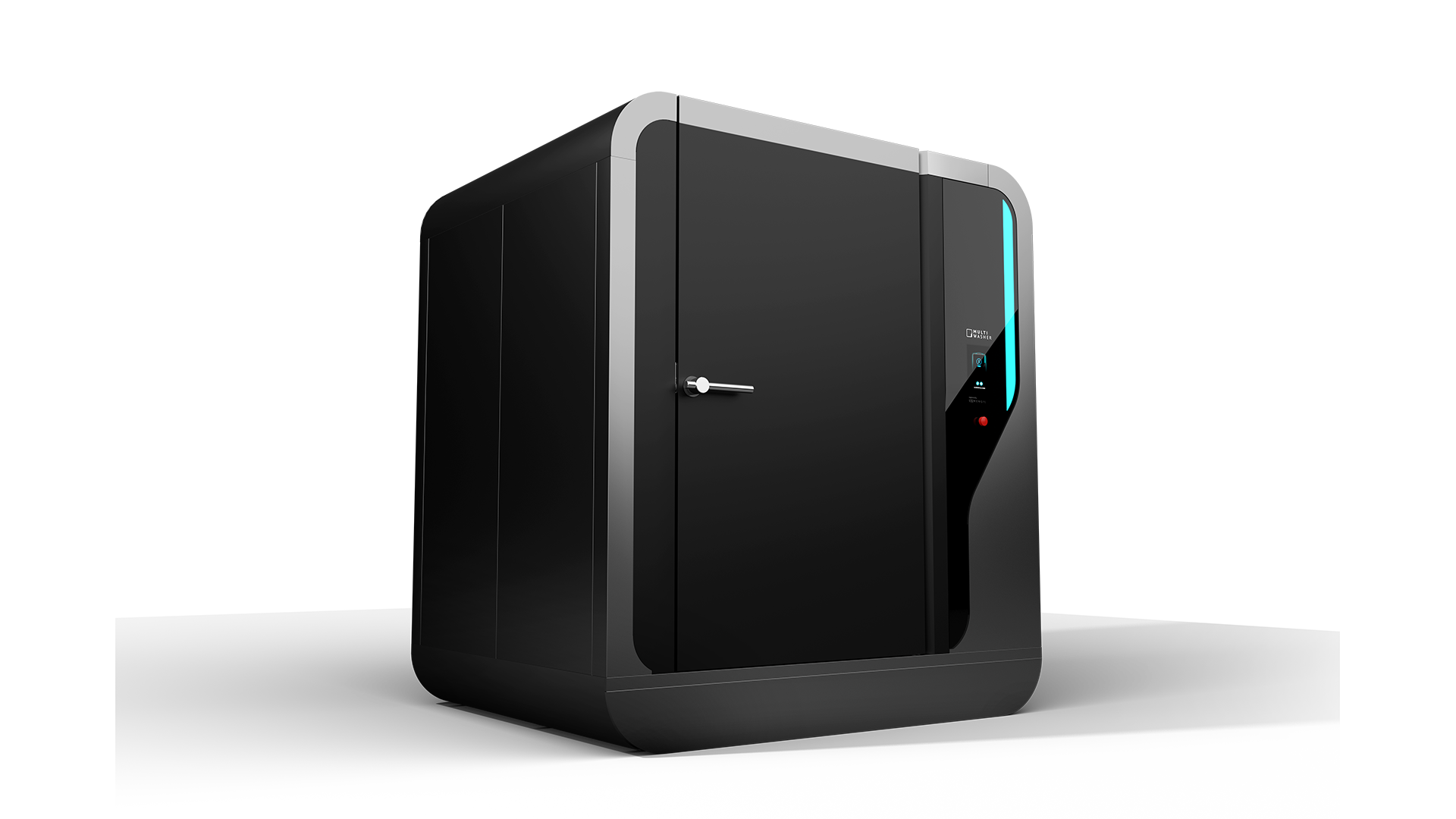
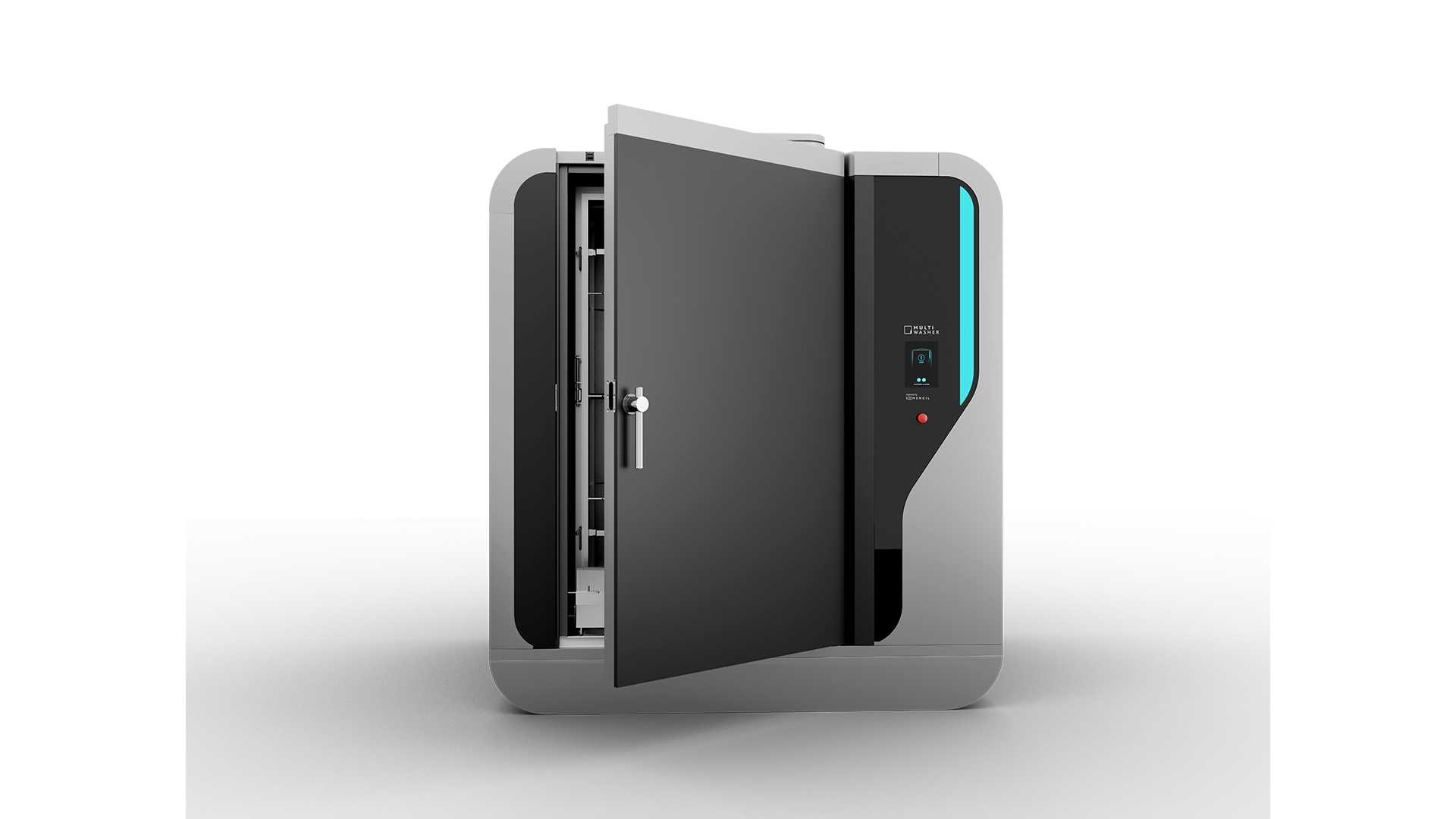
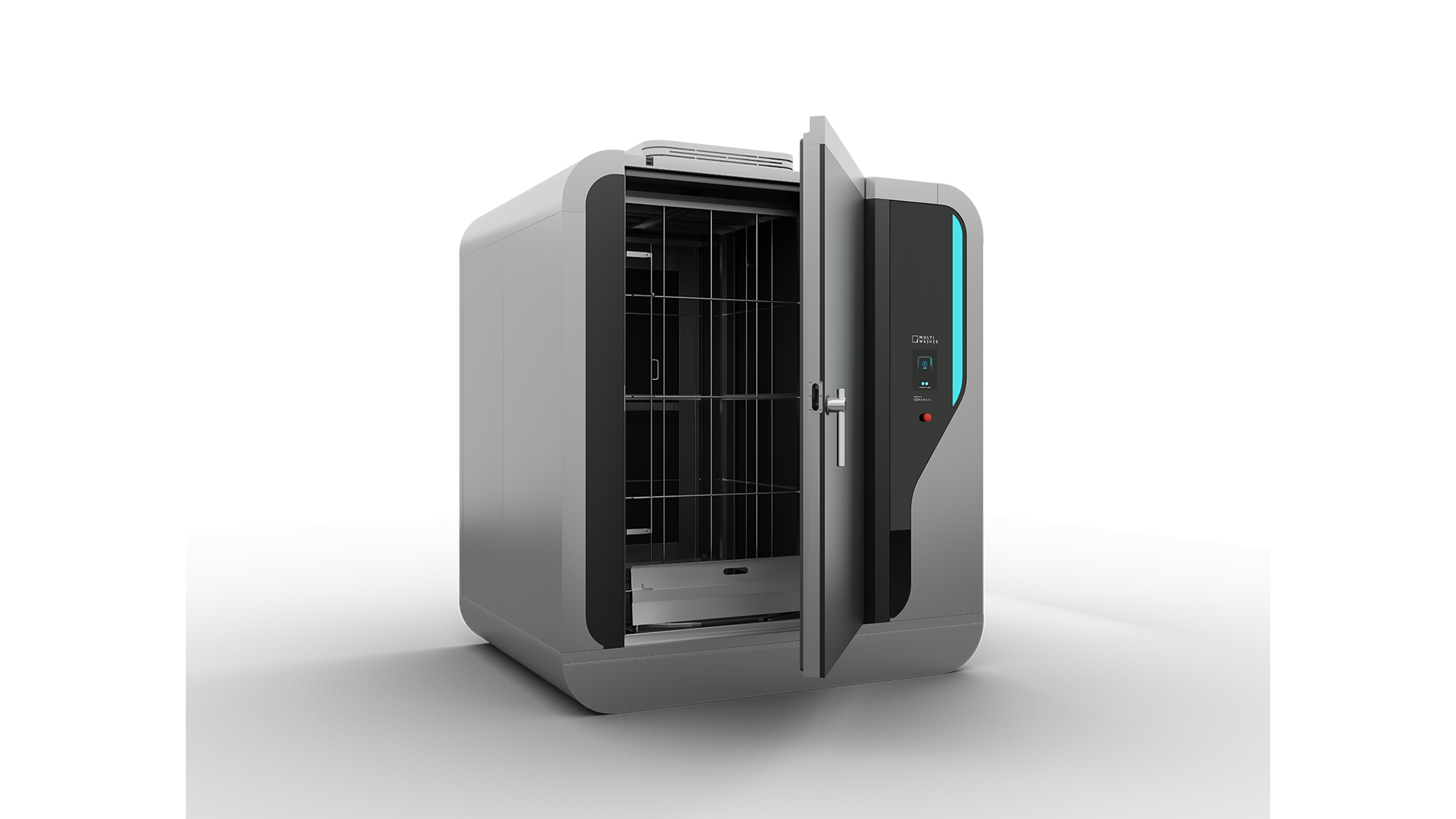
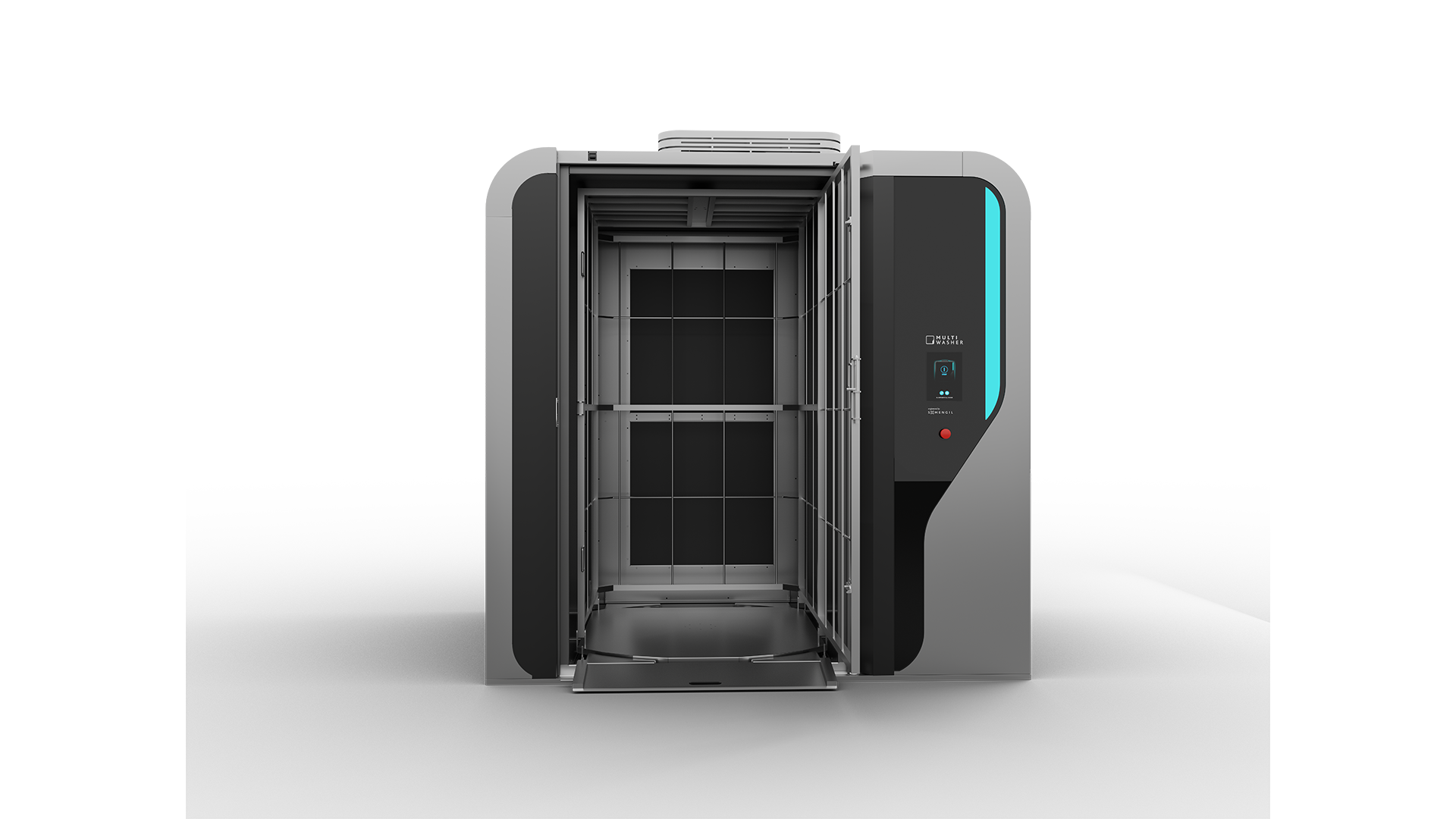
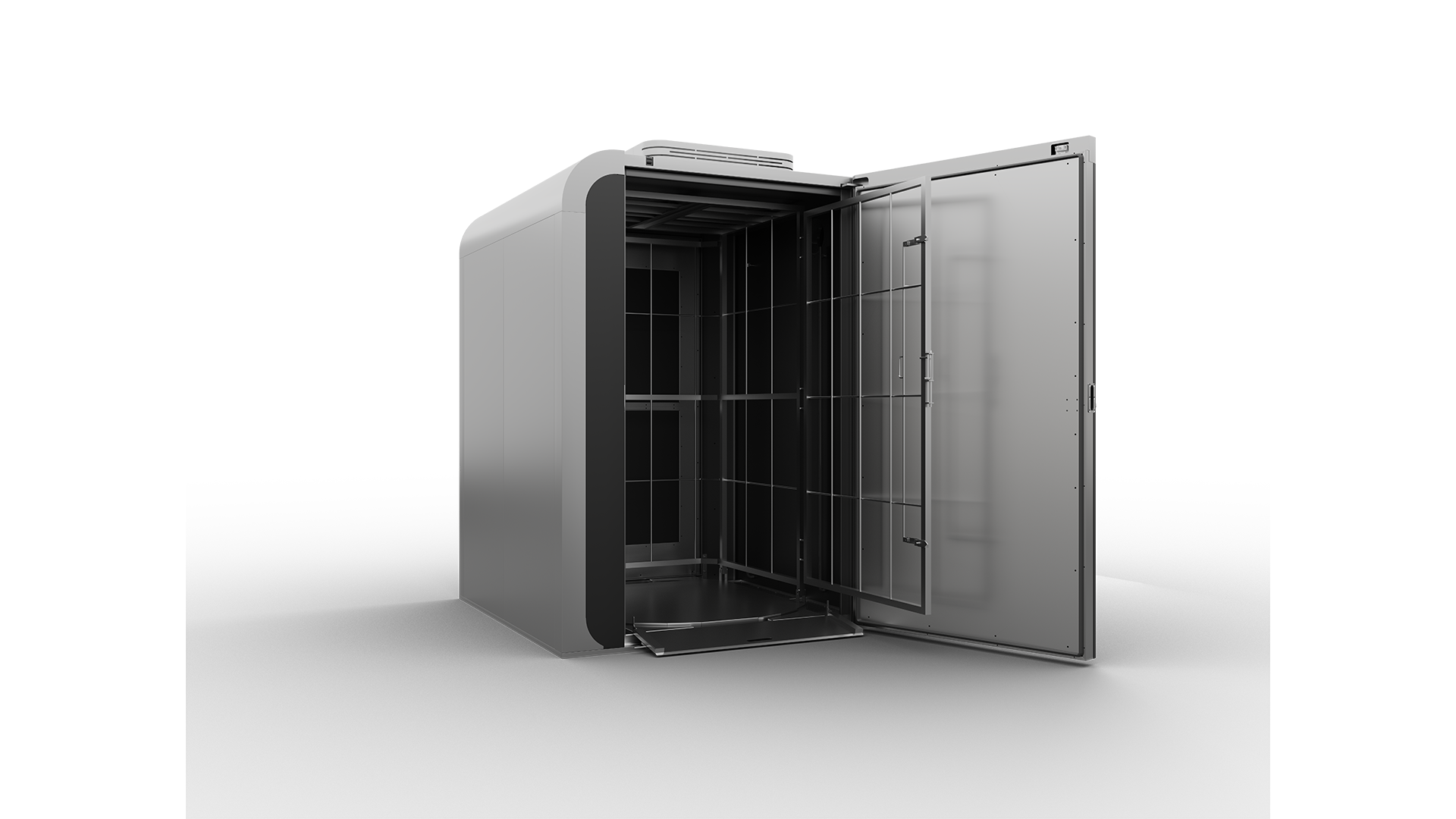
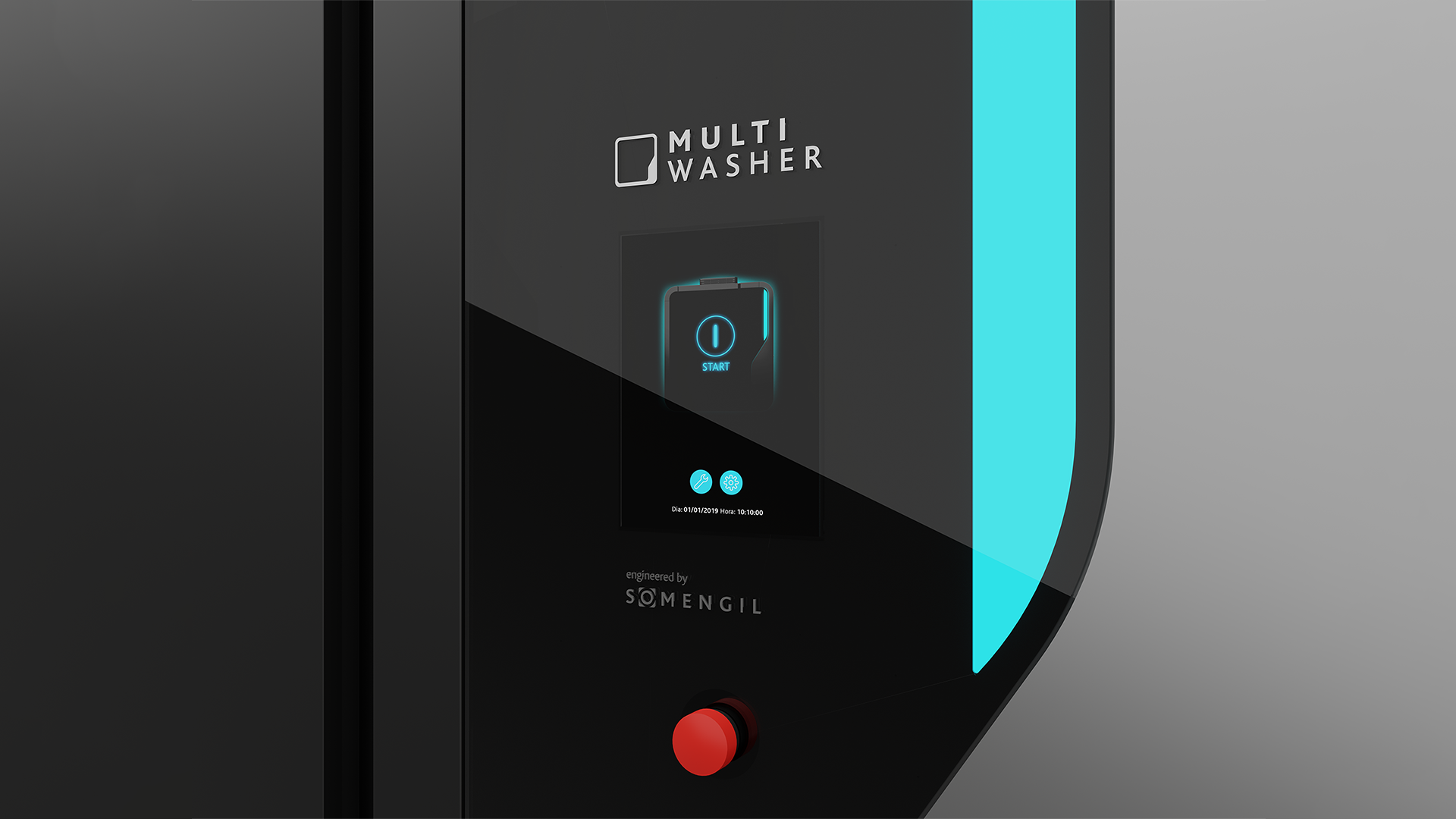
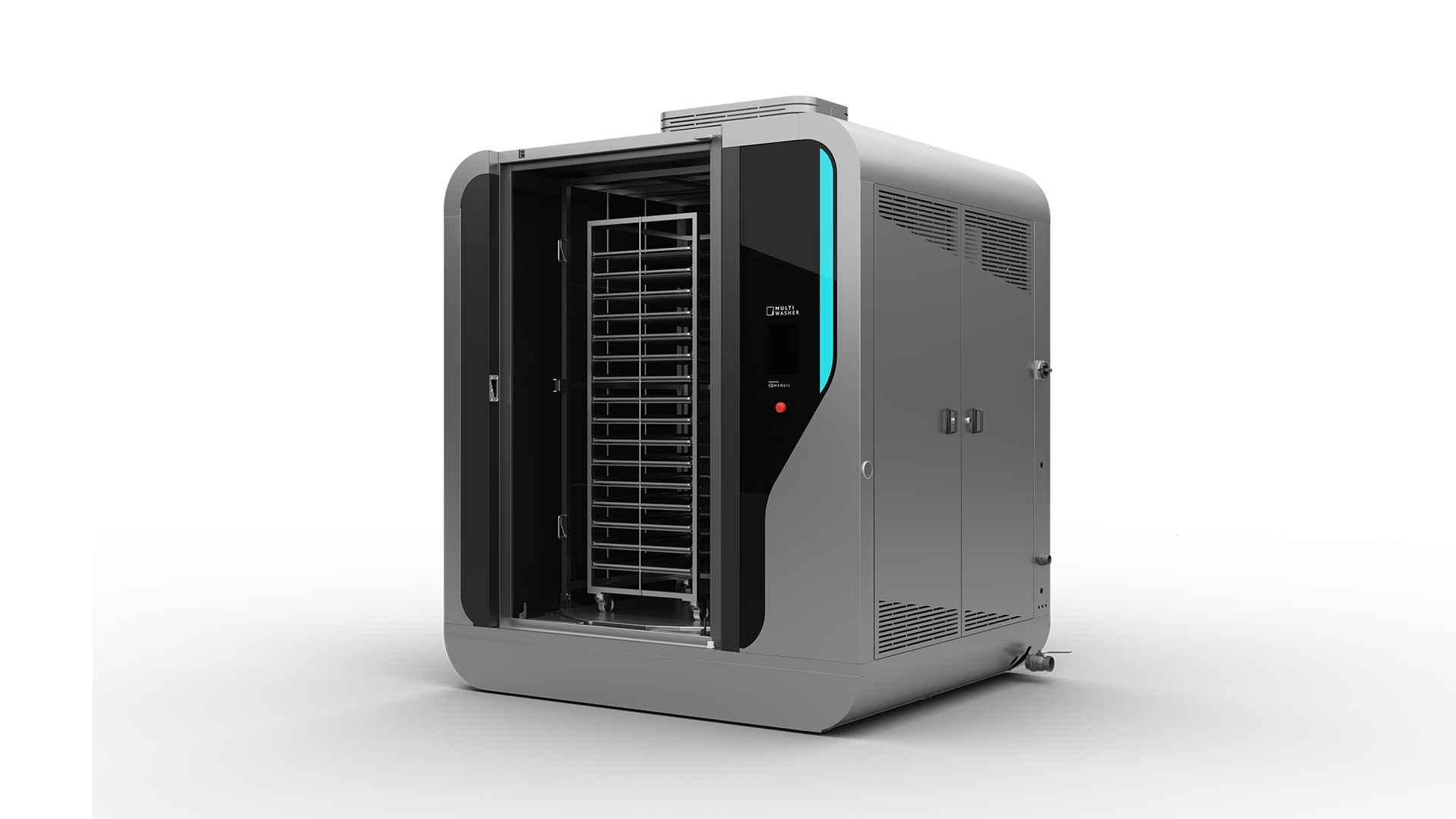
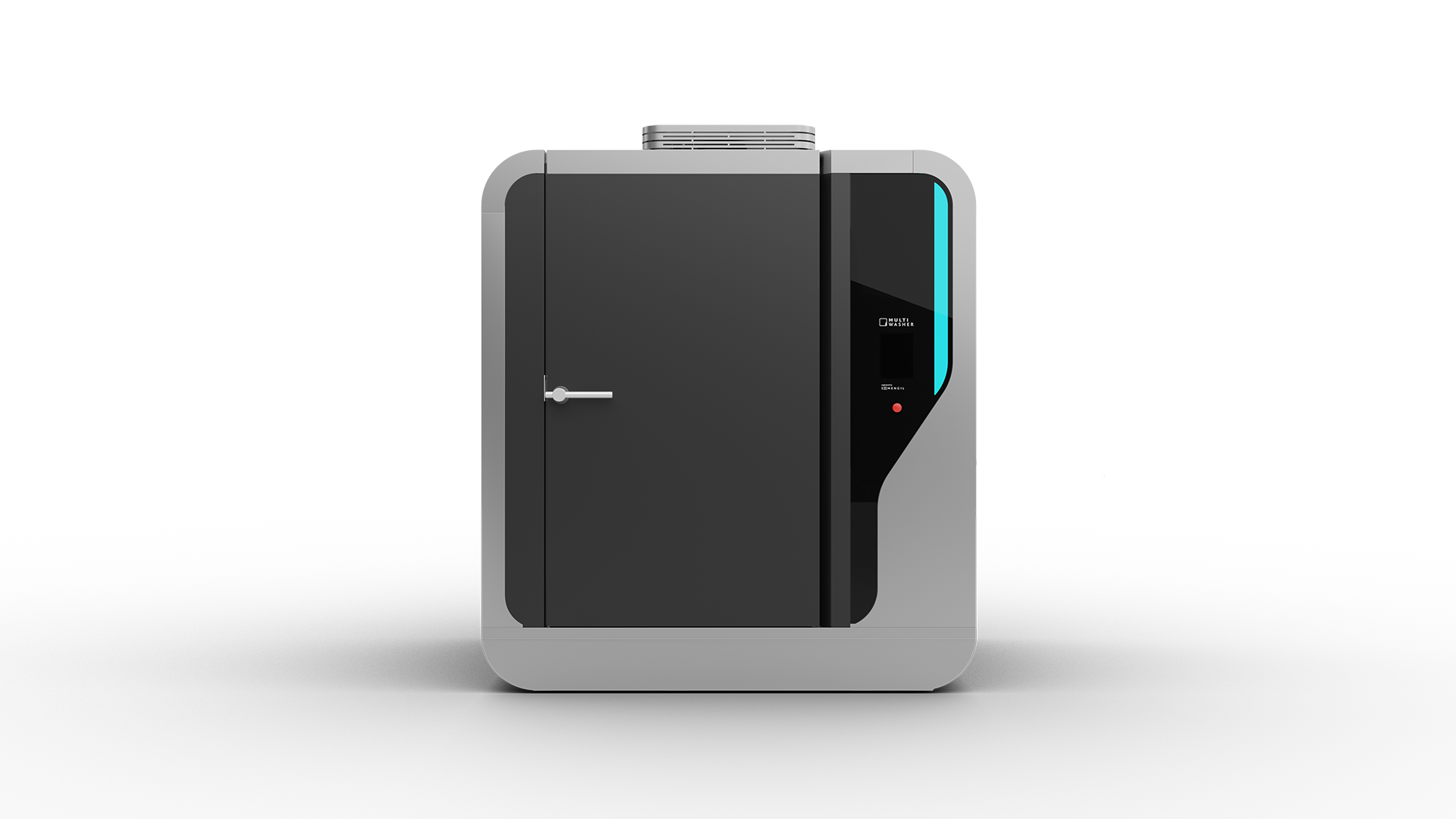

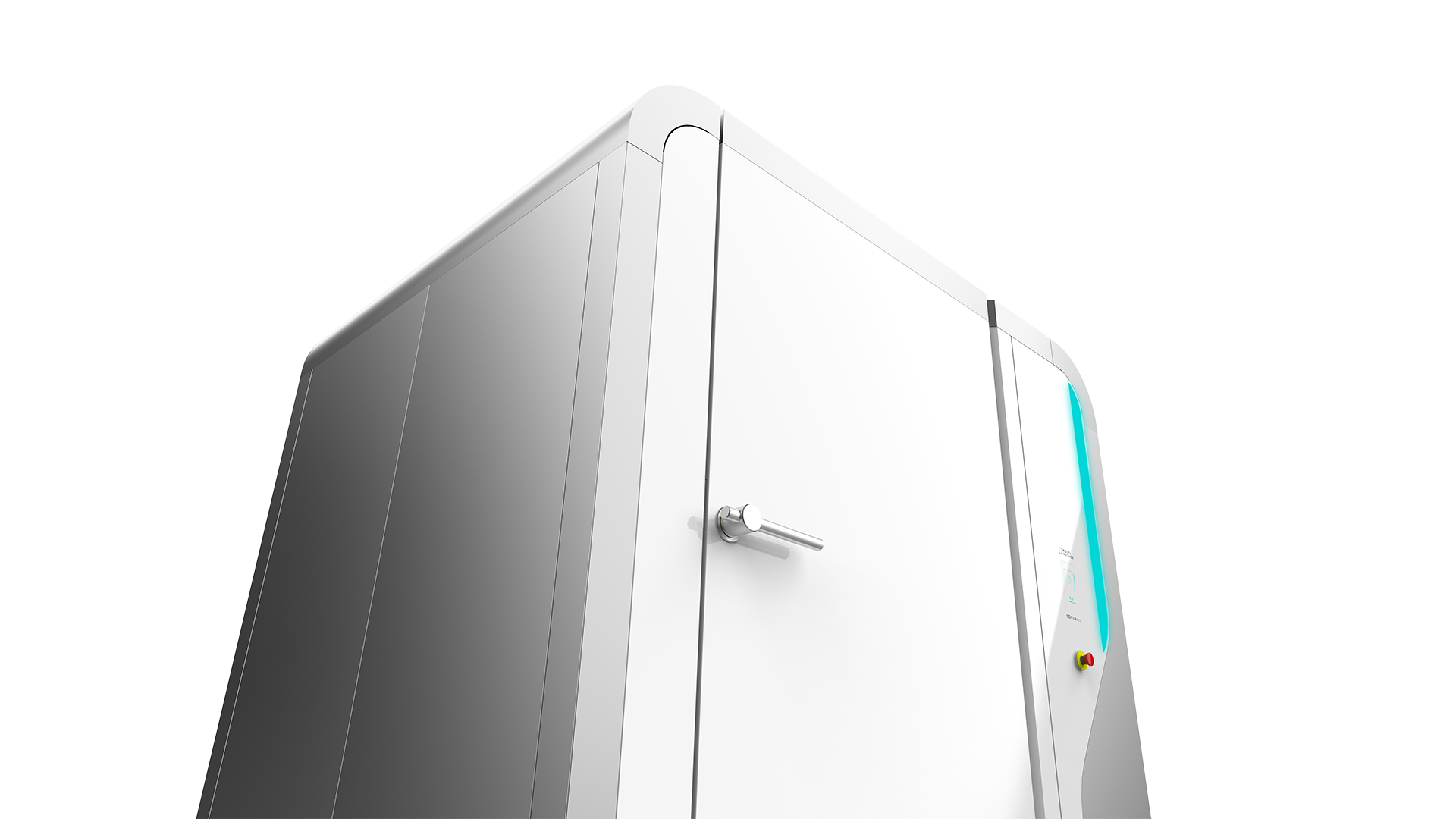
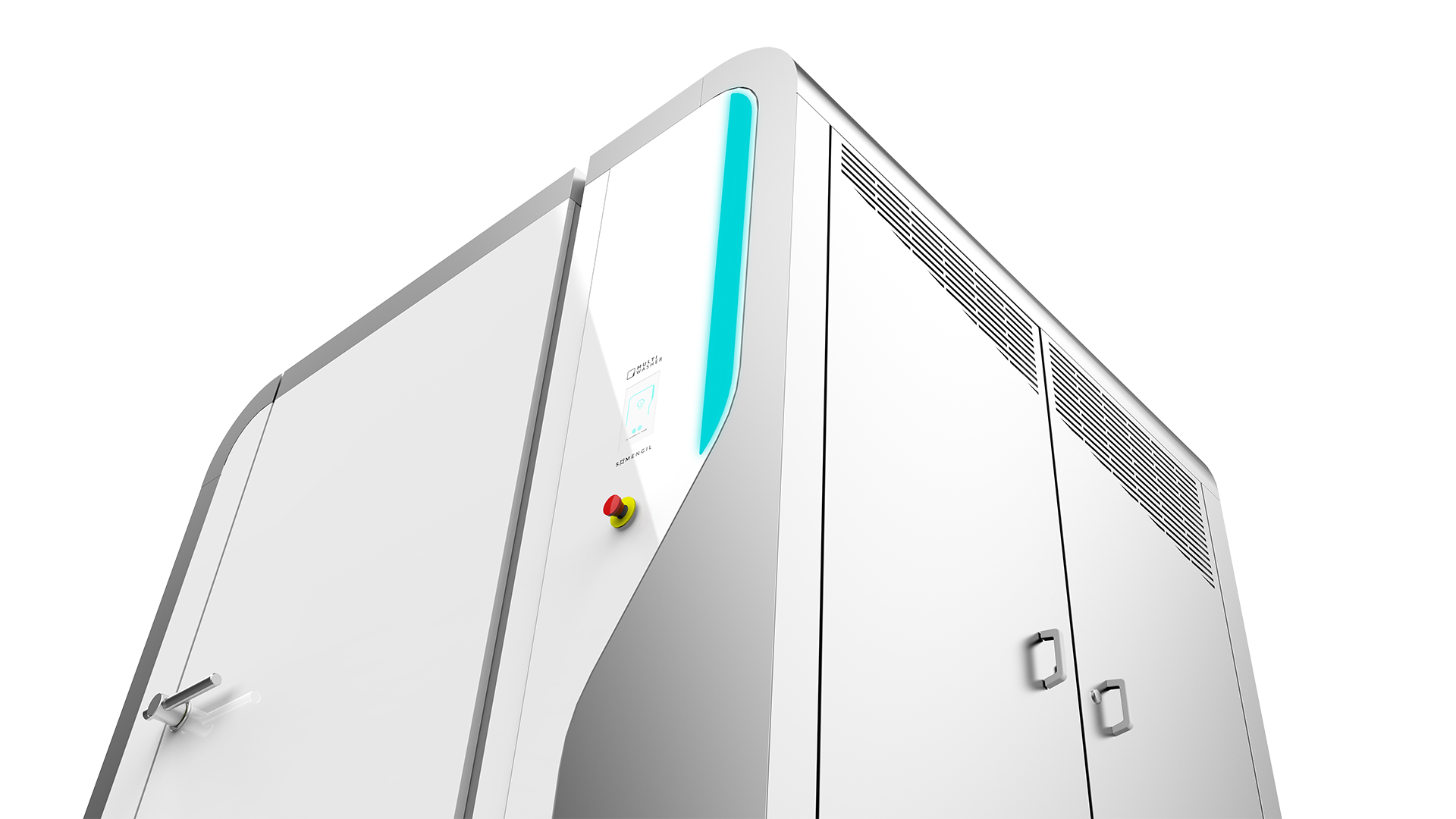
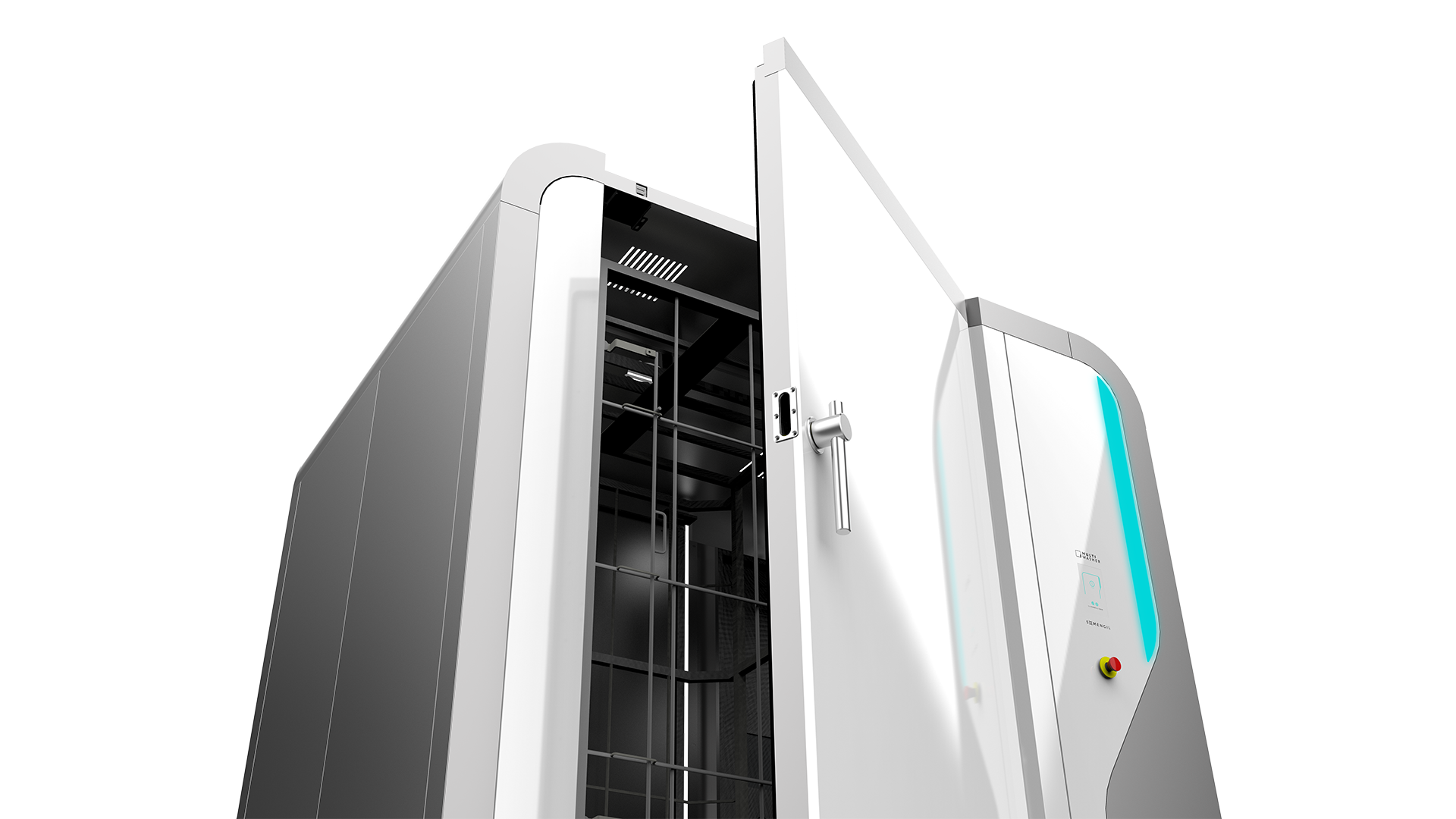
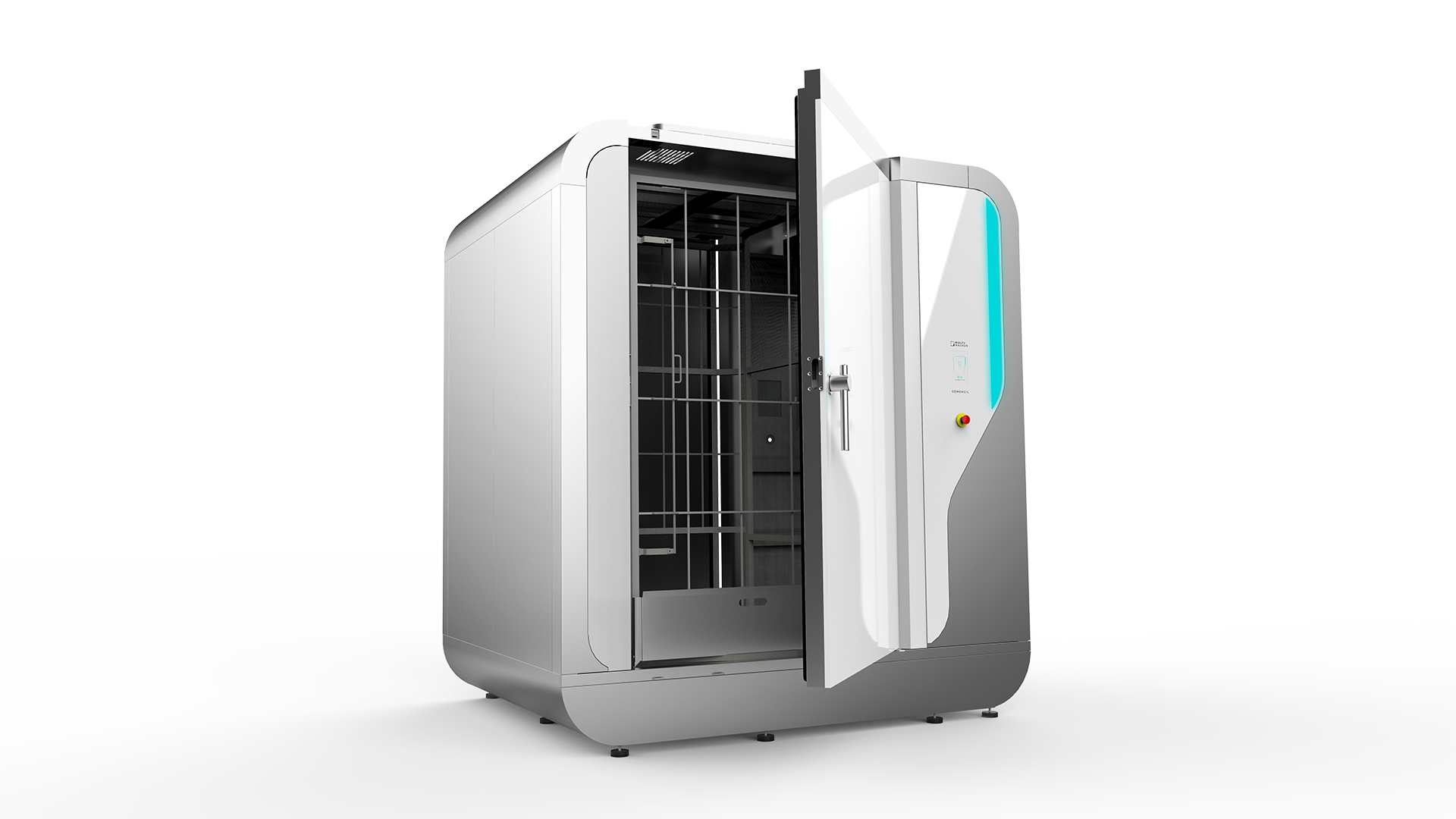
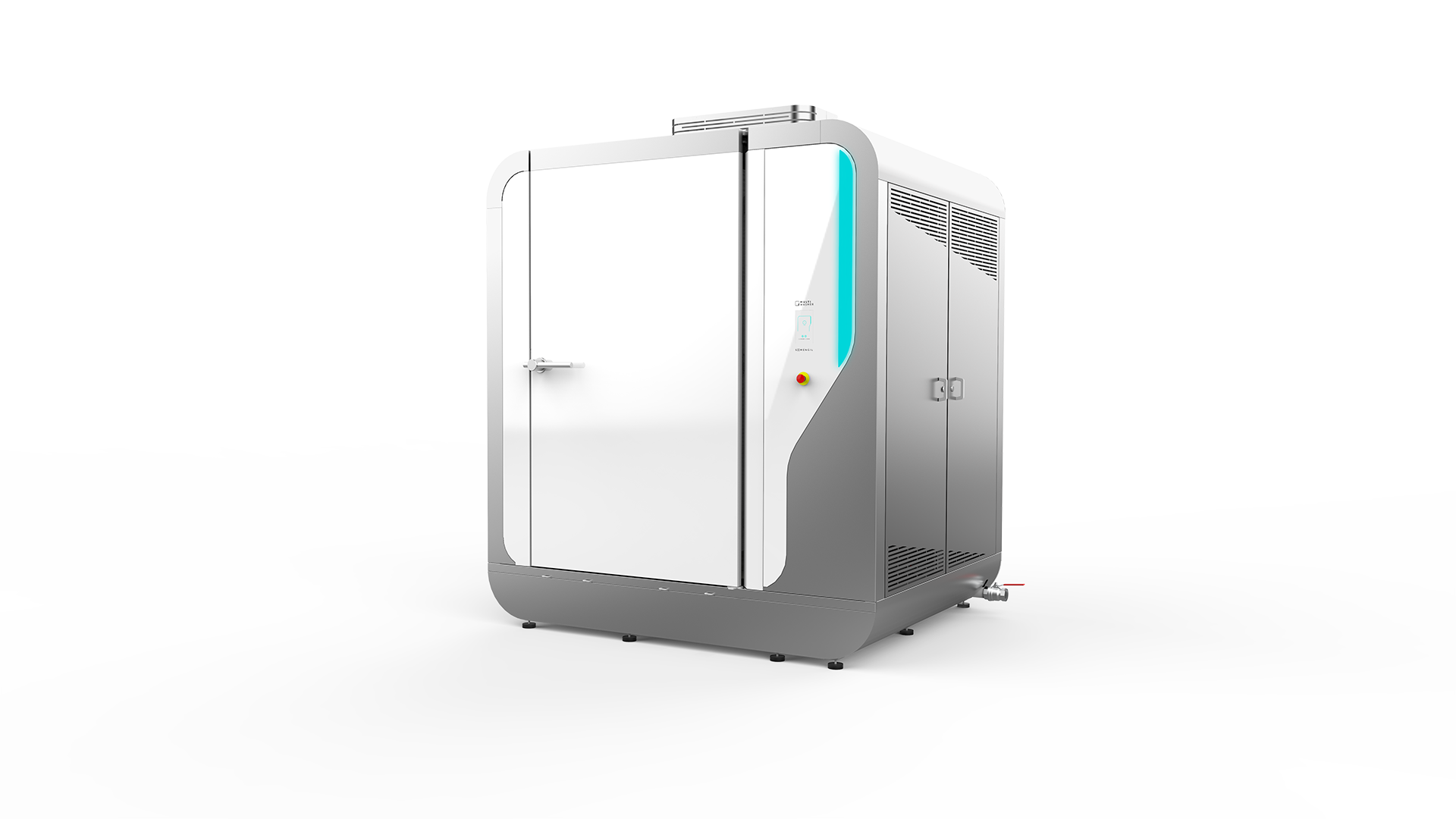
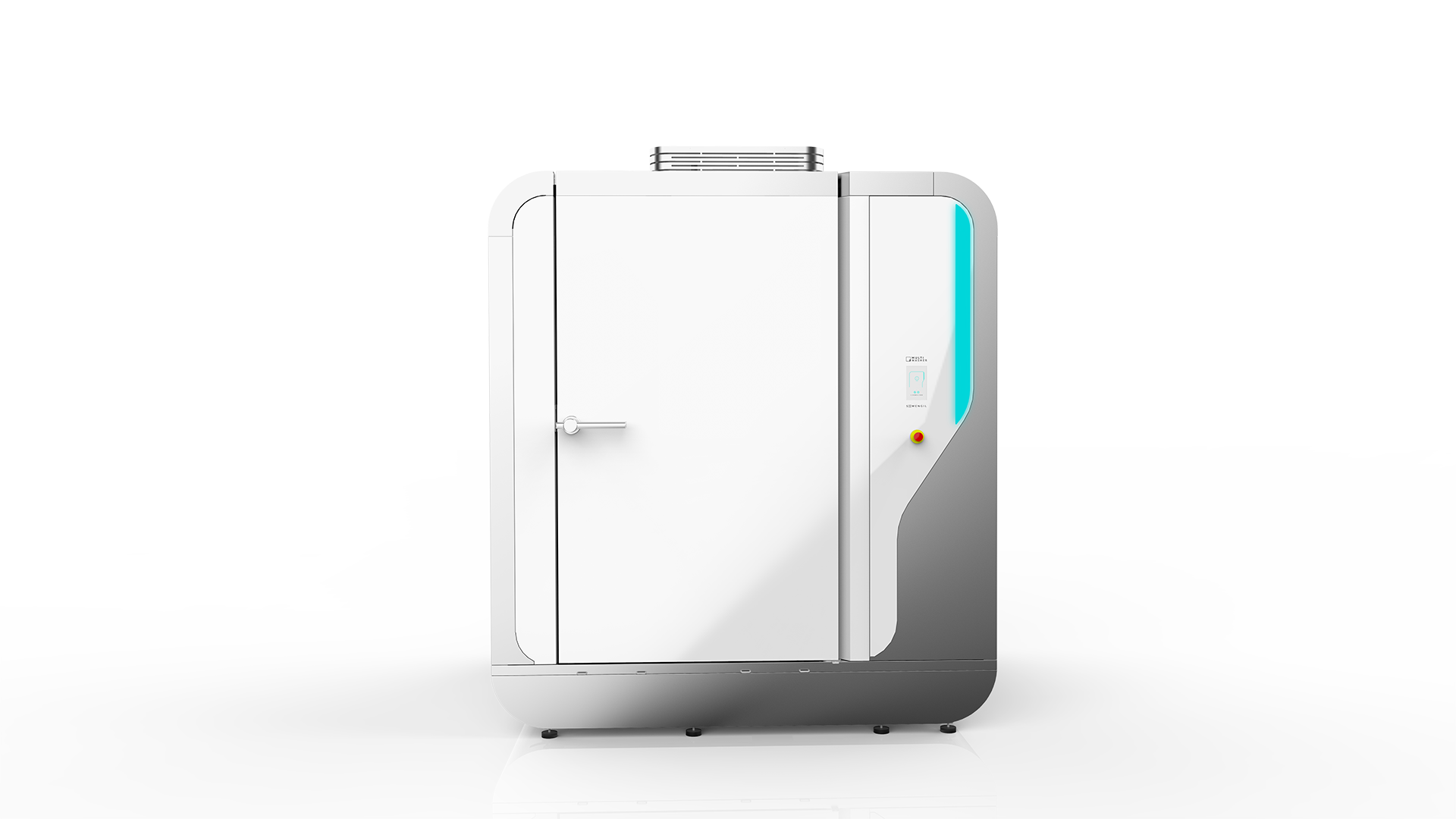
 Portugal
Portugal United Kingdom
United Kingdom United States
United States France
France Spain
Spain Germany
Germany Romania
Romania Italy
Italy Czech Republic
Czech Republic Finland
Finland Hungary
Hungary Slovakia
Slovakia Greece
Greece Lithuania
Lithuania South Korea
South Korea Russia
Russia Saudi Arabia
Saudi Arabia Poland
Poland Brasil
Brasil Hebrew
Hebrew